Bucovina Geography
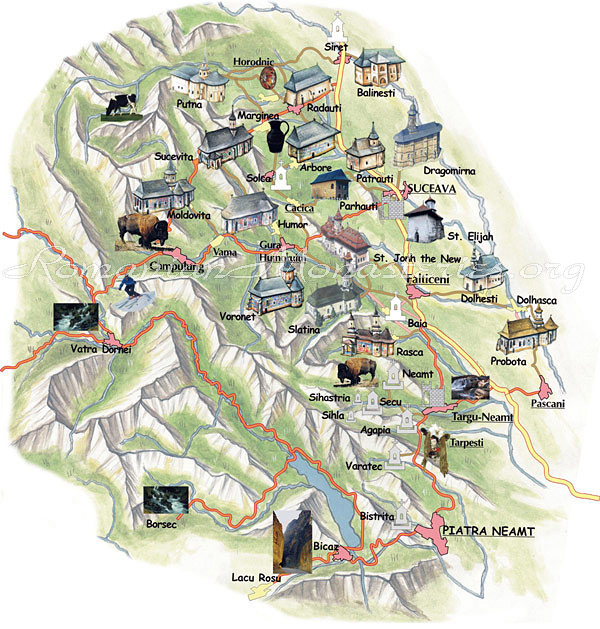
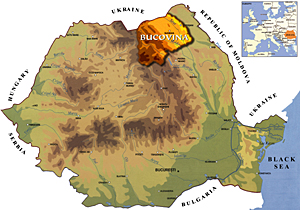
Summary: The Austrians gave the name “Die Buchenland”, “The Land of Beech Woods” to the area. Historical Bucovina was about twice its present size, but the northern part now belongs to the Ukraine as a result of the Soviet-German Ribbentrop-Molotov Pact of August 1940. What remains, forms partly the modern administrative county of Suceava. The county of Suceava is bound in the north by the Ukraine, and in the west by the Romanian region of Transylvania, with its counties Bistriţa-Năsăud and Maramureş along the ridges of the Carpathians. On the eastern and southern sides are Moldavian counties: Botoşani and Iaşi in the east, Neamţ, Harghita and Mureş in the south.
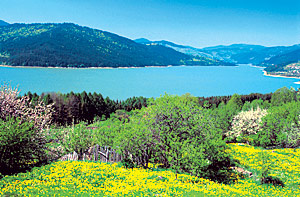
Bucovina is a synthesis of the variety, harmony and beauty of Romanian landscape, its richness of relief with mountains, tablelands, gorges, hills, fields, and valleys, its rivers, streams and lakes, its forests, flora and fauna.
The Eastern Carpathians extend from the Ukrainian frontier in the north to the Prahova River Valley far south. These and the sub-Carpathians occupy the western two-thirds of Bucovina, while in the east lies the Suceava plateau. The mountain region is made up of a series of parallel ranges (named “obcini”), oriented in a roughly north-south direction.
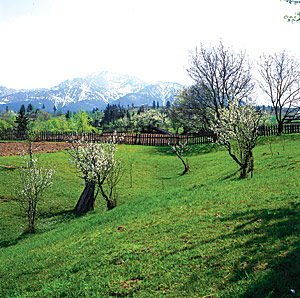
In broad terms, the climate of this region is temperate continental, but the physical conditions have created two major sub-categories: the mountain and the plateau climate.
The annual average temperatures vary between 0 oC on the highest mountains, 6 oC on the western side of the Obcina Mare, and around 7-8 oC on the plateaux. These temperatures are low when compared with the rest of Moldavia, but Bucovina’s climate is dominated by its mountain ranges. Long winters with much snow, and cool wet summers, are specific to this area. Average yearly precipitation is 700 mm.
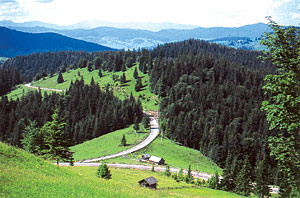
The forest reserve of Slătioara, near the Rarău peak, encompasses one of the oldest woods in Romania, some of the trees being over 400 years old. Multitudes of wild flowers range in colour from white to electric blue, pink to dark purple, on possibly the most beautiful meadows in the country.
One of the natural reserves, on the terraces of Poiana Stampei, is for rare flowering plants. This is a paradise for bees, and apiculture, one of the oldest occupations in Romania, is practised widely.
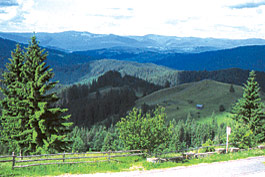
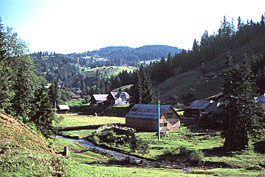
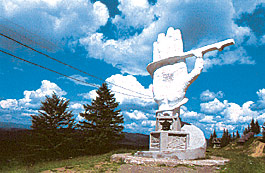
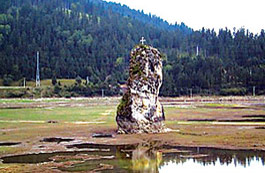
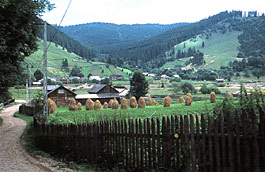
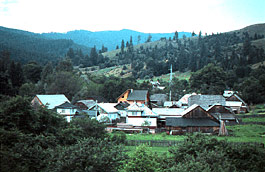
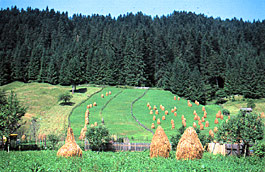
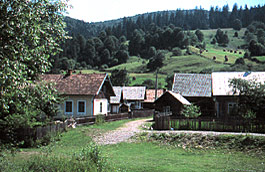

 Festivals in Bucovina
Festivals in Bucovina Travel Maramures
Travel Maramures Travel Romania
Travel Romania Other Monasteries from Romania
Other Monasteries from Romania

